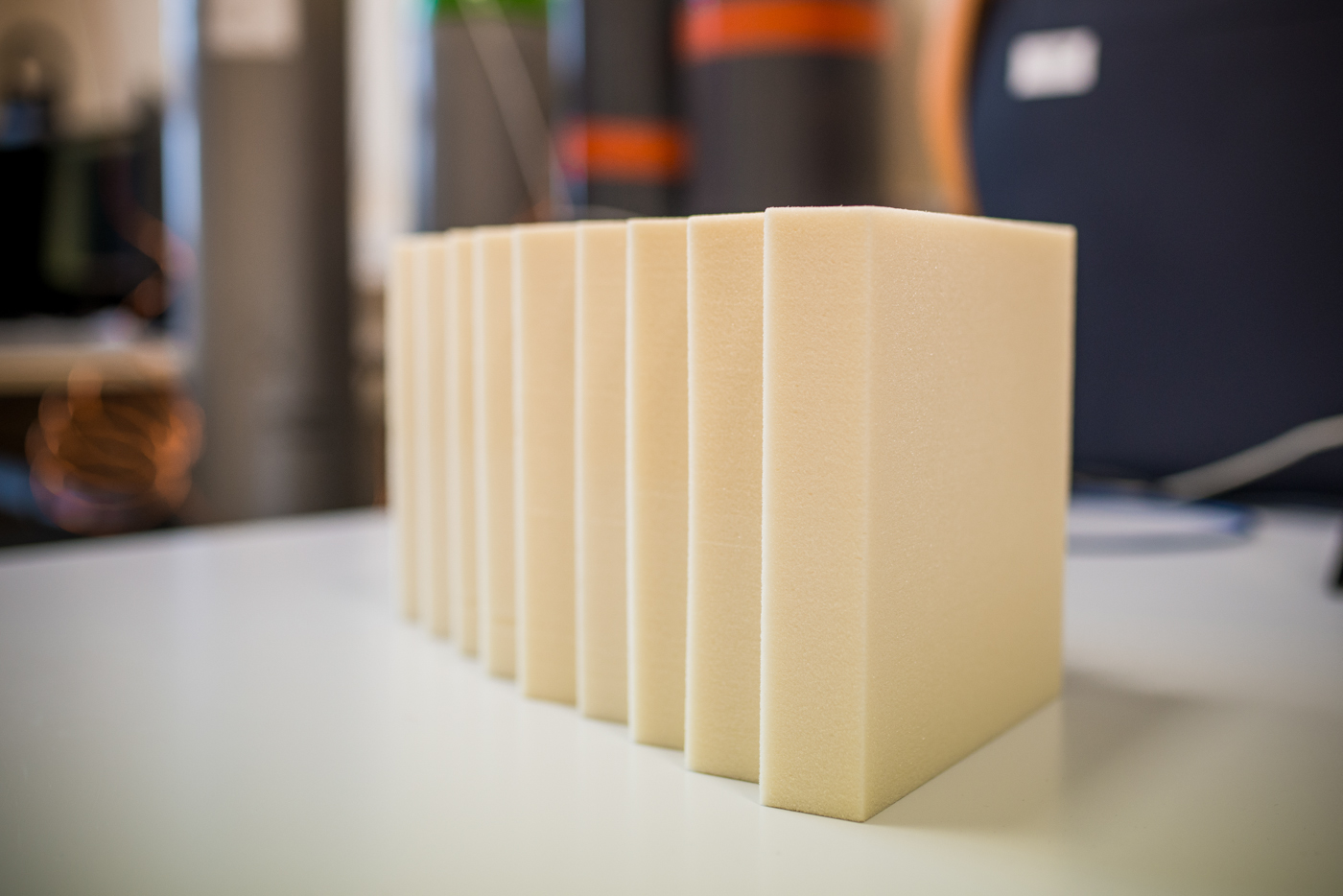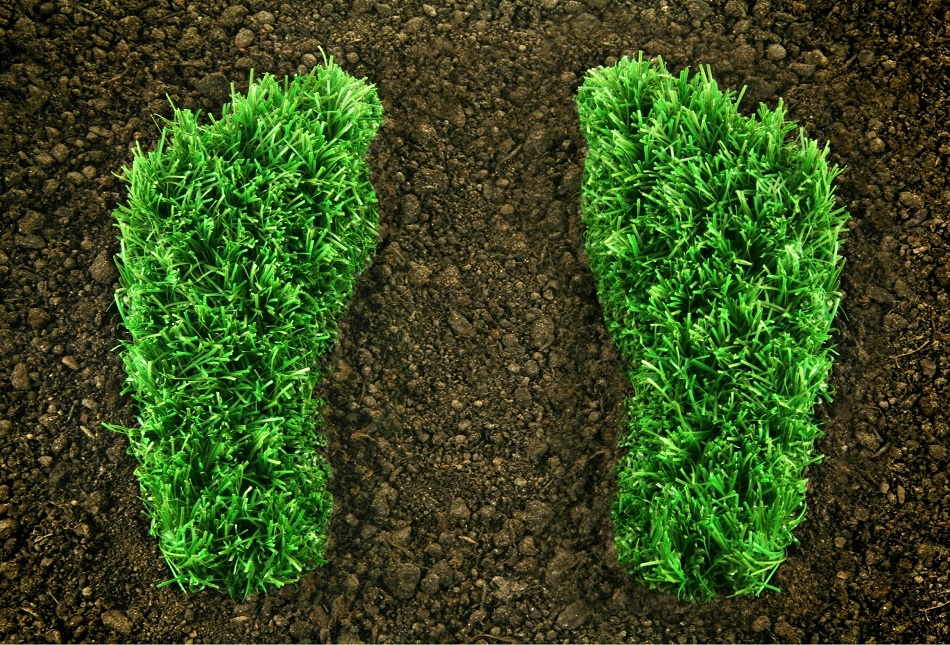With the current technology, it is nearly impossible to achieve polyurethane foam with 100% renewable and sustainable bio-based carbon content. However, you can add a lot of bio-based carbon content and reduce CO2 emissions, by using bio polyol.
Bio polyol or natural oil polyol (NOP) is synthesized from various vegetable oils and other renewable sources, for example, tall oil which is a byproduct in the pulp and paper industry. Bio polyol offers increased bio-based carbon content, reduced CO2 emissions, new marketing opportunities, and several technical advantages.
Bio based polyols are nothing new on the market and have been around since the early days of polyurethane discovery. For the last couple of decades, their benefits have been overshadowed by the vast supply of petrochemical polyols and little concern over the environmental issues.
Bio polyols for rigid and flexible foam applications

Polyurethanes are one of the most versatile and commonly used polymers in the world. For each application, there is a specific polyol. For flexible foam you typically need polyol with low OH values and for rigid foam applications with high OH values.
From natural and sustainable resources, it is possible to obtain bio polyol for both – flexible and rigid foam applications. It is just a matter of evaluation process to determine bio polyol compatibility with the rest of the formulation.
Most bio polyols are quite similar chemically to their parent natural oil and may inherit some of their characteristics. Natural oil polyols are clear and usually inherit color from their parent oil. In rare cases, you can get a colorless clear bio polyol, but in most cases, they inherit many shades of amber, yellow and brown colors. This can be a problem for some applications where color plays a significant role – for example floor coatings.
Primary hydroxyl groups with benefits
In contrast to other bio based polyols, our polyols have strongly amphiphilic properties and they contain only primary hydroxyl groups. Also, one of the polyols has tertiary amine groups included in the structure which brings auto-catalytic properties in reactions with isocyanates.
Amphiphilic properties improve miscibility between other different polarity components used in PU formulations, e.g. non-polar pentanes, strongly polar polyols and even water. Polylabs bio polyols contain dangling chains in the structure that increase hydrophobic properties and plasticity for end materials.
On top of that, integrated tertiary amine groups allow reducing the volatility of fugitive catalysts from end-materials.
Less catalysts
Our company bio polyols contain secondary or tertiary amine groups, making them autocatalytically active which is important in many PU applications. This brings us to another useful advantage for bio based polyols – this opens the possibility to reduce synthetic catalyst requirements in standard petrochemical formulations.
Of course, not every formulation requires large amounts of catalysts, but every molecule of bio-based carbon origin adds up, making bio polyols more and more viable to significantly reduce CO2 emissions. No wonder our bio polyols have shown good results in spray foam and OCF applications.
Bio polyols are CO2 negative

Polyols obtained from renewable and sustainable resources, in our case rapeseed and tall oils, usually are CO2 negative. This means, that plants and trees have absorbed more CO2 than it was produced during the synthesis of the polyols.
Therefore, bio polyols are a great way to reduce CO2 emissions that can be beneficial for many different industries where tax breaks can be applied. Reduction of carbon footprint also opens doors for new marketing opportunities, especially for end-user products like OCF foams for DIY (Do It Yourself) construction projects, footwear, automotive industry, and others.
Simple synthesis, clean production
Crude oil is a remarkable and versatile fossil resource. Unfortunately, it has its drawbacks – oil extraction and refining does a lot of harm to local eco-systems and produces a lot of emissions, especially CO2. On top of that, crude oil is a finite resource and we need to constantly look for new sources of this valuable resource.
This is where bio polyols come into play. As efficient as petrochemical polyol production may be, it will never be able to compete with a CO2 negative polyol made from renewable and sustainable production sources – natural oils.
There are several ways to synthesize bio polyol and Polylabs method is probably the cleanest among them all. We use one-step process that produces high quality bio polyol with no harmful emissions and waste products. Our method of bio polyol production ensures that all carboxylic compounds in natural oils are transferred into polyols.
Technical results
All blowing agents currently used in the polyurethane industry (including HFO) are suitable for compositions with our bio polyols. We have studied water and c-pentane blowing agents, obtaining stable, high quality, rigid polyurethane compositions.
Rigid polyurethane materials obtained from our polyols obtain up to 29 per cent of renewable materials, and in the end product, compression strength, high closed-cell content, density, and thermal conductivity is comparable with other commercially used polyurethane foams from petrochemical materials.
Conclusion
Interest for bio polyols has been on a steady rise for quite some time now and the industry is willing to tests them in perfected polyurethane formulations. The evaluation process is no different than with a petrochemical polyol and we at Polylabs would be happy to provide you with a sample for your polyurethane product development.